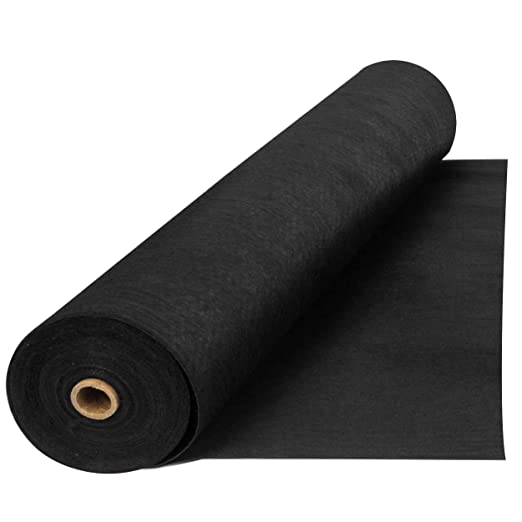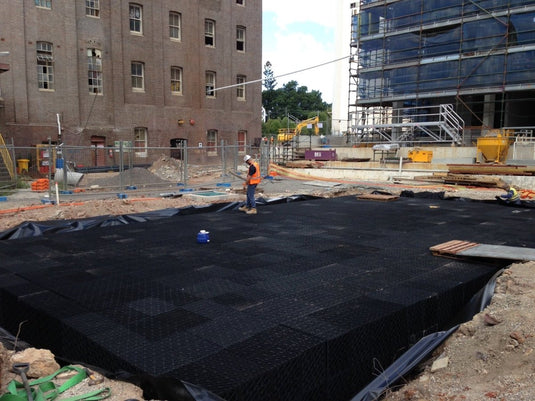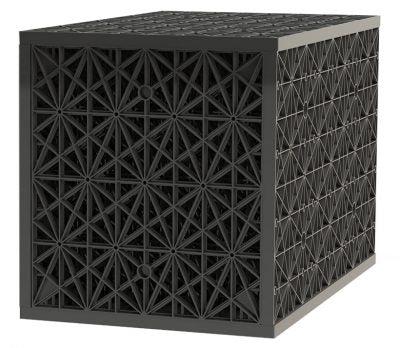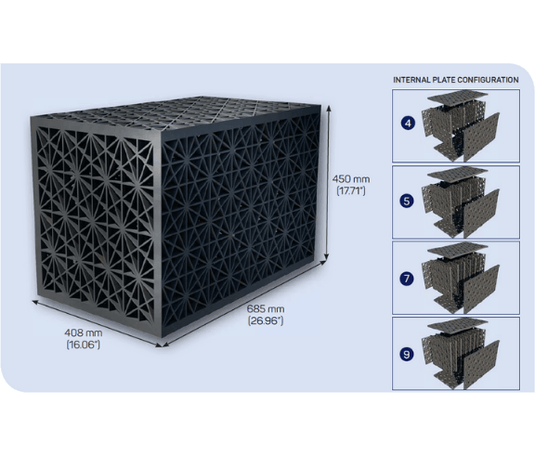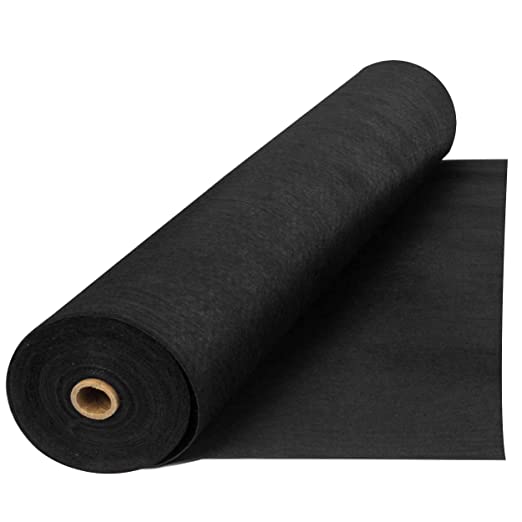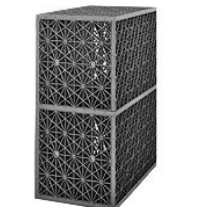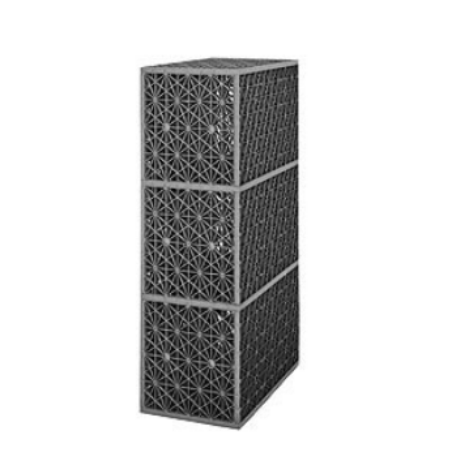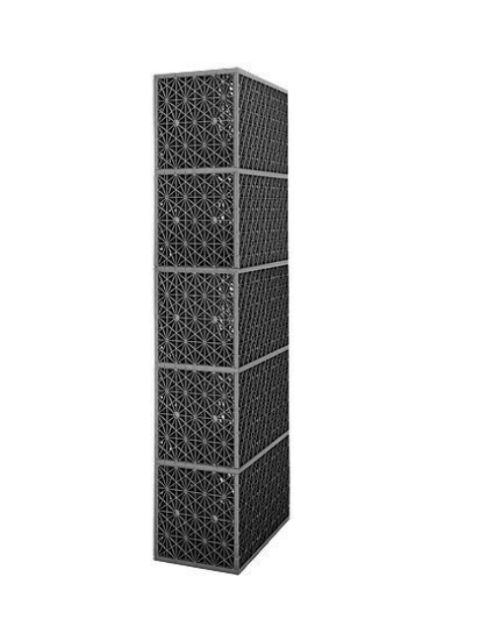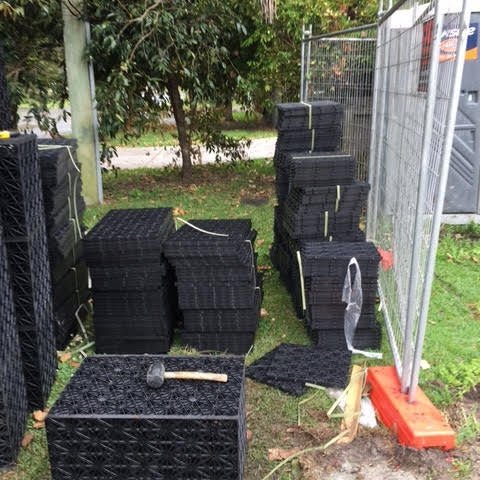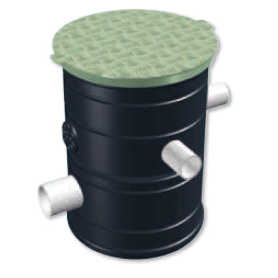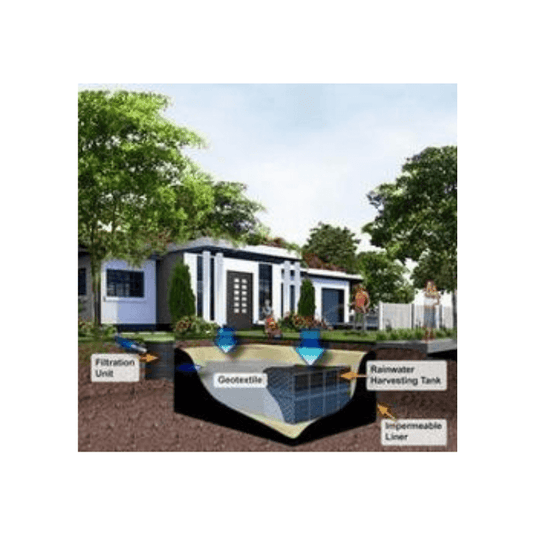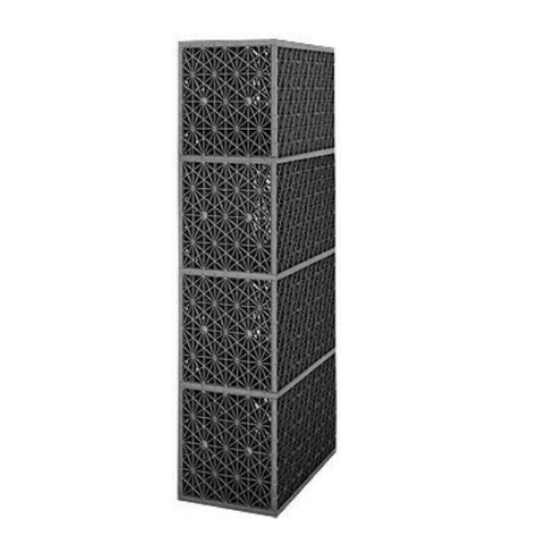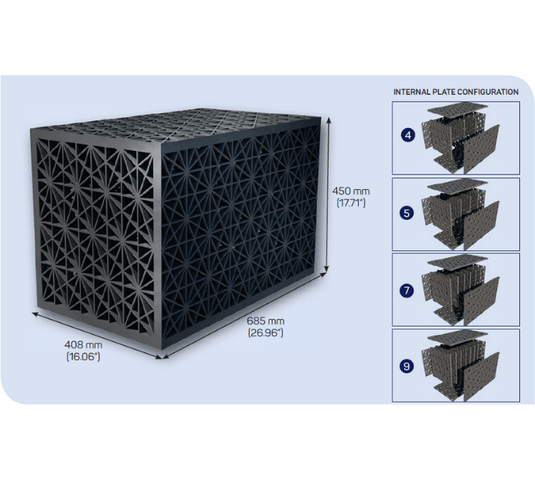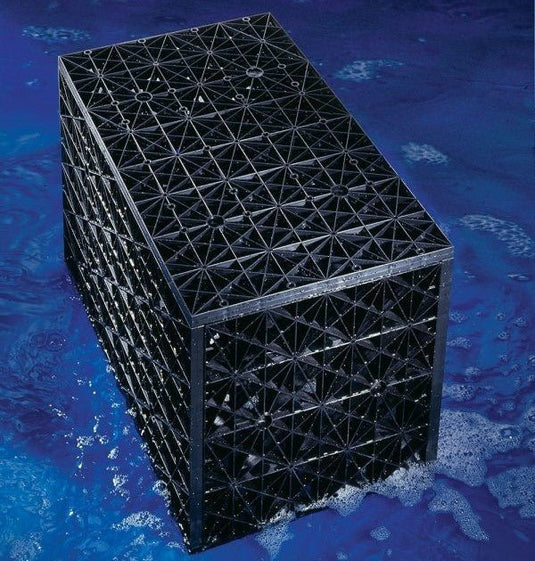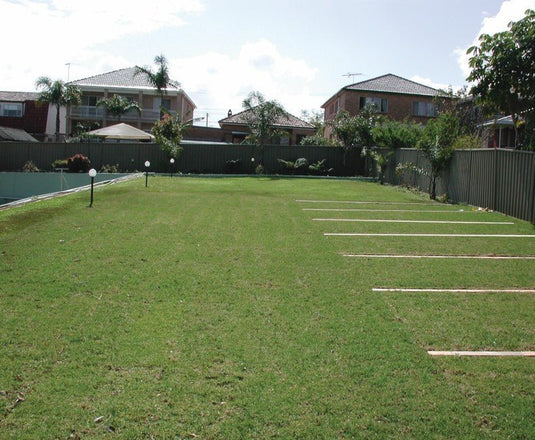
Detention Tank (Flo Tank)
5.0 / 5.0
(4) 4 Translation missing: en.genaral.accessibility.total_reviews
5.0 / 5.0
(1) 1 Translation missing: en.genaral.accessibility.total_reviews
5.0 / 5.0
(0) 0 Translation missing: en.genaral.accessibility.total_reviews
5.0 / 5.0
(1) 1 Translation missing: en.genaral.accessibility.total_reviews
What is a Detention Tank?
Storm Detention Tanks, also known as Detention Tanks, are essential components in effective stormwater management systems. These tanks are specifically designed to manage stormwater runoff, preventing flooding and minimising the strain on the local drainage system. By capturing and temporarily storing stormwater, these tanks help regulate the flow of water, allowing it to be gradually released back into the environment.
Detention Tank Features and Benefits
- Large Storage Capacity: Our storm detention tanks are engineered to provide ample storage capacity, accommodating significant volumes of stormwater runoff. This ensures effective water management and reduces the risk of flooding.
- Modular Design: The modular design of our detention tanks allows for flexibility and customization. They can be easily adapted to suit specific project requirements, making them suitable for various applications and site conditions.
- Reduced Strain on Drainage Infrastructure: By storing stormwater temporarily, our detention tanks alleviate the strain on the local drainage infrastructure, preventing overwhelming the system during heavy rainfall events.
- Environmental Benefits: Utilising storm detention tanks promotes water conservation and reduces the risk of water pollution. By effectively managing stormwater runoff, these tanks help preserve natural waterways and protect the environment.
Detention Tank Applications
Storm detention tanks are used in various settings, including:
Commercial Developments
Detention tanks are crucial in commercial developments to comply with stormwater management regulations. They are commonly used in shopping centres, office complexes, and industrial sites to mitigate the impact of stormwater runoff.
Residential Areas
Detention tanks play a significant role in residential areas, ensuring proper stormwater management and protecting homes from flooding during intense rainfall.
Construction Sites
Construction projects often require effective stormwater management. Detention tanks help control and manage stormwater runoff on construction sites, preventing erosion and protecting the surrounding environment.
Parking Lots and Roads
Storm detention tanks are utilised in parking lots and road infrastructure to reduce the strain on the drainage system and prevent localised flooding.
Types of Detention Tanks
There are different types of detention tanks available to cater to various project needs:
1. Underground Detention Tanks: These tanks are installed below the ground, providing discreet stormwater storage solutions. They are suitable for projects with limited space or aesthetic considerations.
2. Above-Ground Detention Tanks: These tanks are installed above the ground and offer visible stormwater storage. They are often used in areas where space is not a constraint and visual appeal is desired.
3. Modular Detention Systems: Modular detention systems consist of interconnected units that can be easily assembled and disassembled. They offer versatility and adaptability, making them ideal for projects that require flexibility in storage capacity.
Why Choose Storm Detention Tanks
Using detention tanks offers several advantages such as:
Sustainable Development
By effectively managing stormwater runoff, our detention tanks contribute to sustainable development practices, reducing the impact on the local environment.
Water Conservation
Detention tanks promote water conservation by capturing and reusing stormwater for irrigation or other non-potable uses, reducing reliance on freshwater sources.
Flooding Mitigation
Our detention tanks help mitigate the risks of flooding by regulating the flow of stormwater runoff, preventing overwhelming the drainage system.
Environmental Protection
By reducing the strain on the drainage infrastructure and preserving natural waterways, our detention tanks contribute to the protection of the environment and the preservation of ecosystems.
Underground Detention/Retention Tank (Attenuation) by Atlantis
A Detention Tank using Atlantis Matrix® Tank Modules is water flow control system, which is man-structured. Similar to an infiltration tank, these underground tanks are designed contain stormwater or wastewater for a limited time. However, instead of being spread into the surrounding soil bed, the water remains in the tank. It can then be pumped out via motorised pump, or structurally piped to flow into the sewer or council drainage. Alternatively, it may enter a discharge control pit.
Atlantis' unique product is a highly cost-effective and environmentally responsible alternative to concrete tanks. Thanks to their 85% recycled plastic materials and cohesive design, you can create a detention tank which is cheaper, lighter and stronger. Each tank comes flat packed in bundles of large and small plates for easy, compact transportation to your site. No cranes or lifting equipment required!
Installation takes only a few minutes for each tank and can be modified to suit your specific requirements by varying the number of internal plates and stacking modules on top of each other. With more than 95% void surface area, Matrix units can hold 950 litres of water per cubic metre of tank.
View the full range of Atlantis underground tanks below or contact Eco Sustainable House on (07) 5609 6680 to discuss your requirements.
Find out more:
![]() Flo Tank Module Specifications
Flo Tank Module Specifications
![]() Uses for Atlantis Matrix Tanks
Uses for Atlantis Matrix Tanks
Frequently Asked Questions
Infiltration Tank Questions
What is an infiltration tank?
An infiltration tank is an underground structure that is designed to retain storm water and allow it to gradually infiltrate into the soil. It helps to reduce the volume and velocity of runoff from a site.
How is an infiltration tank different from a detention tank?
An infiltration tank allows water to infiltrate into the surrounding soil, whereas a detention tank is designed to hold water for a limited time and then discharge it at a controlled rate.
Storm water Retention System Questions
What is a storm water retention system?
A storm water retention system is a structure that is designed to retain storm water on site and release it at a controlled rate to prevent flooding and erosion downstream.
How does a storm water retention system work?
Storm water retention systems typically consist of an underground tank or series of tanks that store storm water runoff. The water is then released at a controlled rate through an outlet or discharge pipe.
Atlantis Flo Tank Questions
What is an Atlantis Flo Tank?
An Atlantis Flo Tank is a modular, underground storm water system that is made from recycled plastic. It is designed to be used for a variety of applications, depending on how it is installed.
How is an Atlantis Flo Tank different from other storm water tanks?
Atlantis Flo Tanks are made from recycled plastic, which makes them more environmentally friendly than traditional concrete tanks. They are also lighter and easier to install, which can save time and money on installation costs. They are also most commonly used as a retention system, as apposed to storage and re-use
What is an underground water retention system?
An underground water retention system is a structure that is designed to manage storm water runoff on site. It helps to prevent flooding and erosion downstream. The water is released at a controlled rate through the geofabric, an outlet or a discharge pipe.
Recent Posts
Subscribe to our newsletter
Be the first to know about exclusive in-store perks and once-in-a-lifetime deals. Don't get to miss them!



